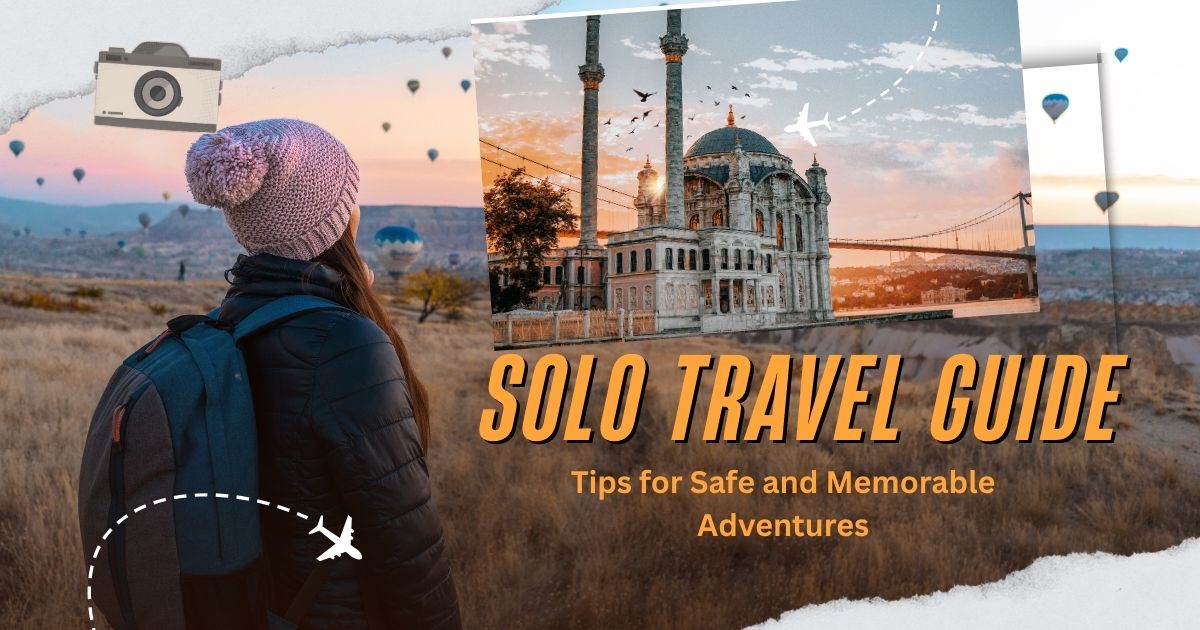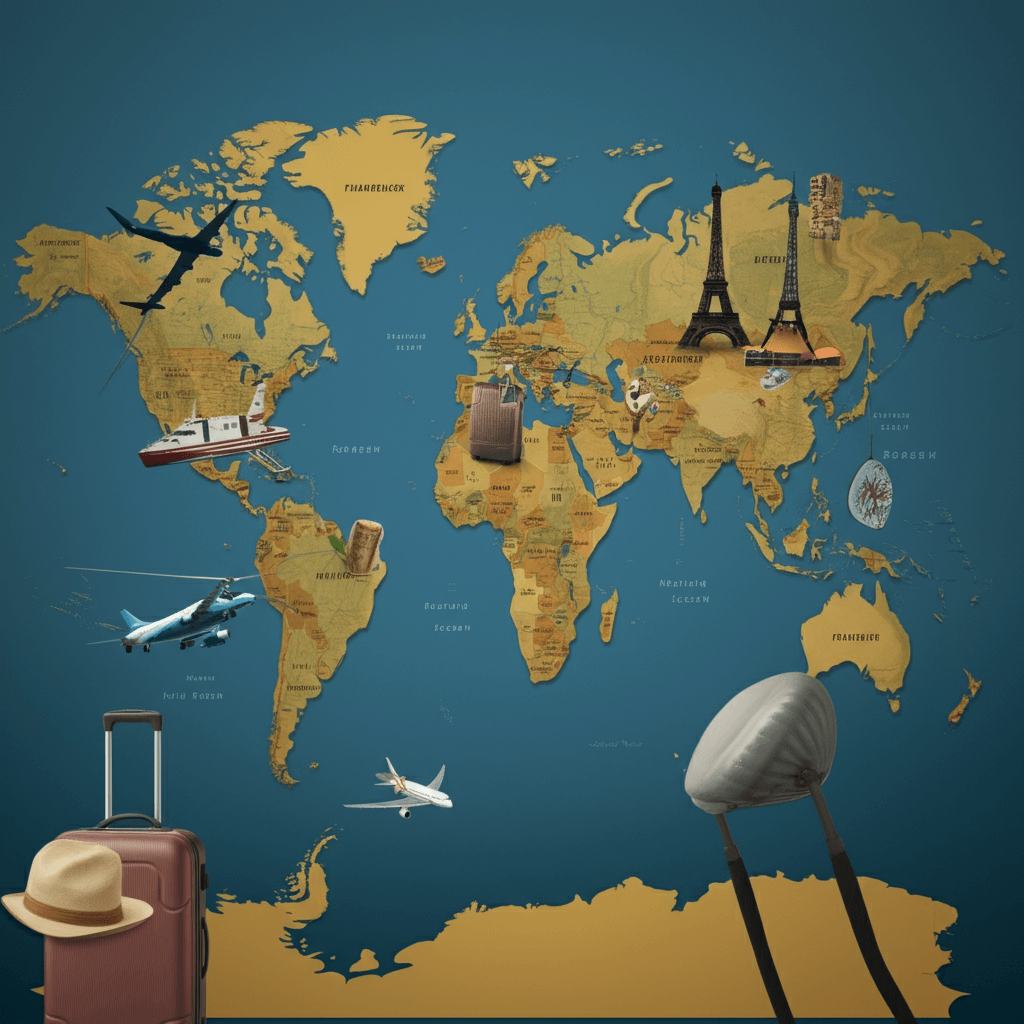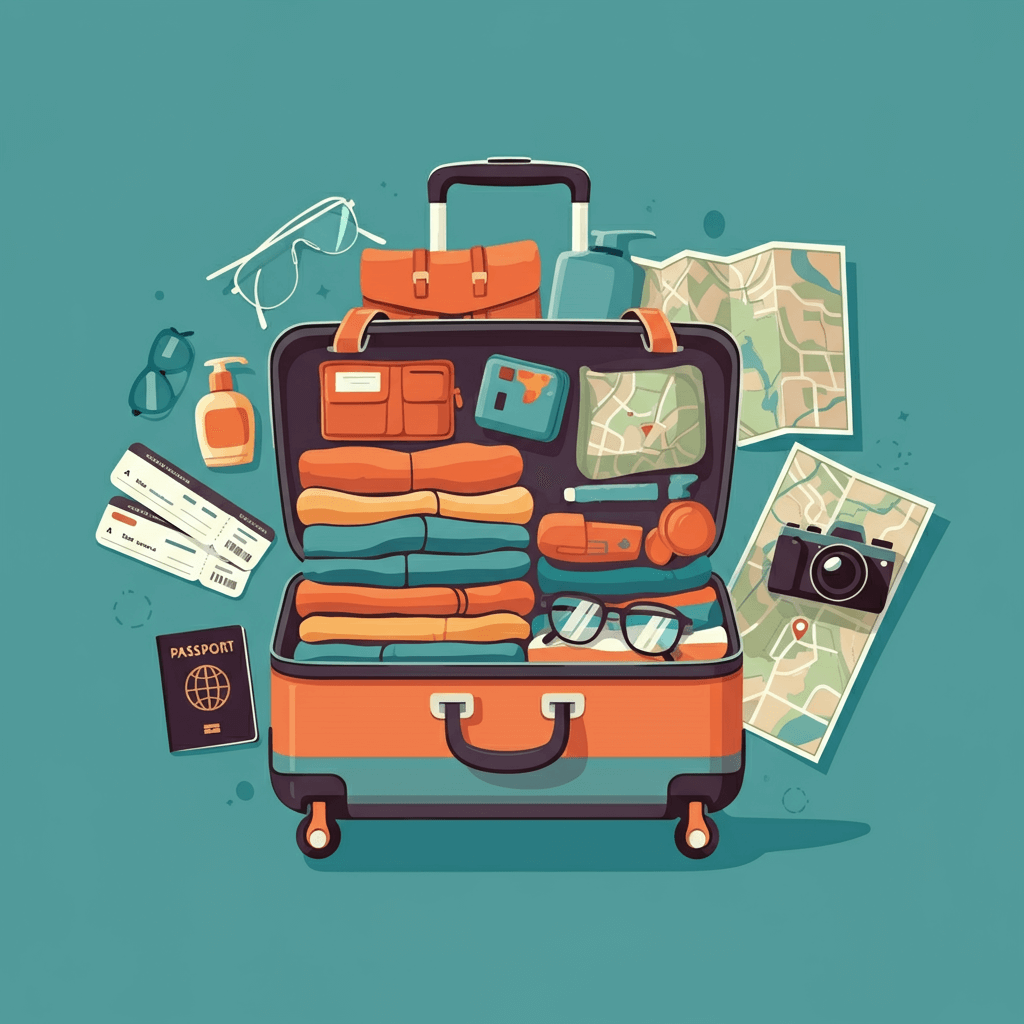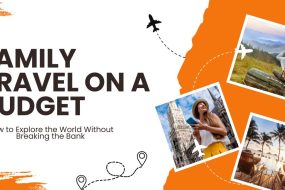
Embarking on your first solo journey can be both exhilarating and a bit nerve-racking. Traveling alone allows you to set your own pace, follow your passions, and create unforgettable memories without compromise. From sunrise hikes in remote mountains to café hopping in bustling city centers, solo travel unlocks a world of possibilities and personal growth. However, going it alone also requires careful planning, awareness, and confidence. In this comprehensive guide, we’ll cover 10 essential tips to help you plan, prepare, and embark on an adventure that’s safe, fulfilling, and uniquely yours. Whether you’re a seasoned wanderer or stepping onto an airplane for the first time, these insights will equip you with the knowledge and inspiration to make your solo travel dreams a reality.
1. Choose the Right Destination
Picking a solo-friendly location is the first step toward a successful trip. Start with destinations that have robust infrastructure, English-speaking communities, and well-established tourism sectors. Countries like Portugal, New Zealand, and Vietnam offer a welcoming atmosphere, straightforward transportation networks, and a variety of accommodation options. Research visa requirements, local customs, and safety records to ensure you comply with regulations and respect cultural norms. For a first solo venture, consider areas known for solo travelers or popular backpacking routes. As your confidence grows, you can gradually explore more off-the-beaten-path locales that match your sense of adventure.

2. Plan and Research Thoroughly
Effective research lays the foundation for a stress-free trip. Create a detailed itinerary that includes key sights, accommodations, transportation options, and contingency plans. Use travel blogs, guidebooks, and forums like Lonely Planet’s Thorn Tree or Reddit’s r/solotravel to gather insights from experienced travelers. Check government travel advisories, health and safety updates, and local COVID-19 guidelines. Book major elements such as flights and long-distance trains in advance to secure better rates and flexible cancellation policies. Organize essential documents—passport, visas, travel insurance, and emergency contacts—and keep both digital and physical copies stored separately in case of loss.
3. Pack Smart and Light
Packing efficiently reduces stress and makes moving between locations easier. Aim for a carry-on size backpack or suitcase, focusing on versatile, quick-drying clothing pieces that can be layered for different climates. Choose neutral colors to mix and match outfits, and include one dressy outfit for special occasions. Bring a compact travel towel, universal power adapter, portable charger, and basic first-aid kit. Limit toiletries by refilling reusable travel bottles with shampoo and body wash upon arrival. Packing cubes help keep your gear organized, while a lightweight lock provides added security. The less you carry, the more freedom you’ll feel to explore without dragging heavy bags behind you.

4. Book Accommodation with Care
Your choice of lodging greatly impacts your solo travel experience. Hostels often provide affordable rates and communal settings that make meeting fellow travelers easy. Look for “solo female” or gender-specific dorms if safety and privacy are a concern. Alternatively, consider guesthouses, homestays, or budget hotels with good reviews and central locations. Platforms like Hostelworld, Booking.com, and Airbnb allow you to filter by amenities, neighborhood, and cancellation policies. Read guest reviews for insights into cleanliness, staff friendliness, and atmosphere. Arriving well-rested after a direct train or late-night flight can set a positive tone for your entire trip.
5. Prioritize Safety at All Times
While solo travel can be liberating, safety should never be taken for granted. Register with your country’s embassy or consulate upon arrival and share your detailed itinerary with a trusted family member or friend. Avoid walking alone in poorly lit areas at night and trust your instincts if a situation feels off. Use secure locks for luggage and lockers, and consider carrying a small doorstop alarm or whistle for added personal security. Keep valuables such as passports, credit cards, and extra cash in a hidden money belt or neck pouch. Stay aware of local scams, including friendly strangers offering unsolicited help or transportation.
6. Manage Your Finances
Smart financial planning can prevent unexpected money woes while traveling solo. Open a no-foreign-transaction-fee credit card and carry a backup debit card in a different location from your primary wallet. Familiarize yourself with local currency exchange rates and avoid airport kiosks with poor conversion terms. Use budgeting apps like Trail Wallet or Splitwise to track daily expenses and set realistic spending limits for accommodation, food, activities, and souvenirs. Keep an emergency fund in a separate hidden compartment or digital wallet for unforeseen costs like medical emergencies or last-minute itinerary changes.

7. Meet People and Make Connections
One common misconception about solo travel is loneliness. In reality, traveling alone can open doors to meaningful connections. Participate in group activities like walking tours, cooking classes, or language exchanges where you’re likely to meet other solo travelers or locals. Social apps such as Meetup, Couchsurfing, and Bumble BFF can help you find events or hangouts tailored to your interests. Stay open-minded and initiate conversations in cafés, parks, or on public transportation—often a simple “hello” leads to new friendships and insider tips. Always meet in public places and let friends know where you’re going.
8. Embrace Technology
Leveraging technology enhances both convenience and safety on the road. Download essential travel apps before departure, including offline map tools like Maps.me, translation services such as Google Translate, and ride-sharing platforms like Uber or local equivalents. Store digital copies of your passport, travel insurance, and tickets in cloud storage or secure note apps. A portable Wi-Fi hotspot or local SIM card can keep you connected without exorbitant roaming charges. Consider using a VPN when accessing public Wi-Fi networks to protect your personal data and maintain privacy.
9. Handle Homesickness and Culture Shock
Feeling homesick or overwhelmed in a new environment is normal—especially during longer trips. Schedule downtime to rest and recharge, whether it’s reading a book in a park, visiting a spa, or enjoying a leisurely meal. Stay connected with loved ones through video calls or regular messages, but avoid constant comparisons between home and your destination. Journaling or creative pursuits like photography can help you process emotions and celebrate progress. Embracing local customs, tastes, and rhythms—including festivals, markets, and street food—also fosters a sense of belonging.
10. Embrace Flexibility and Spontaneity
While having a plan is important, leave room for serendipity. Some of the best travel experiences happen when you veer off the beaten path or accept an unexpected invitation. Build buffer days into your itinerary to explore hidden alleys, accept free walking tours, or rest without feeling guilty about falling behind schedule. Whether it’s joining a local festival, taking a day trip on a whim, or befriending a local guide, spontaneity often leads to the most memorable stories. Stay present, trust your instincts, and let curiosity guide your next steps.
Top 5 Solo-Friendly Destinations
- Portugal (Lisbon & Porto): Friendly locals, affordable public transport, and vibrant cultural scene make Portugal ideal for first-time solo travelers.
- New Zealand: Renowned for safety, stunning landscapes, and well-marked trails, it’s perfect for adventure seekers exploring solo.
- Vietnam: Budget-friendly with a backpacker-friendly infrastructure, delicious street food, and a welcoming atmosphere.
- Canada (Vancouver & Toronto): Multicultural cities with reliable transit and a wide range of hostels and events for solo explorers.
- Japan (Tokyo & Kyoto): Ultra-safe, efficient public transport, and a blend of modern conveniences and traditional charm.
Conclusion
Solo travel is more than just a vacation—it’s a journey of self-discovery, confidence-building, and genuine connection. By choosing the right destinations, planning meticulously, and remaining open to new experiences, you’ll transform your solo adventure into an inspiring chapter of your life story. Remember to balance structure with spontaneity, prioritize your safety, and embrace every moment, whether it’s a breathtaking sunrise or an impromptu conversation with a stranger. Your first solo adventure may come with challenges, but with the tips in this guide, you’re equipped to navigate them and emerge with lifelong memories and skills that extend far beyond the journey itself. Happy travels!

















No Comments